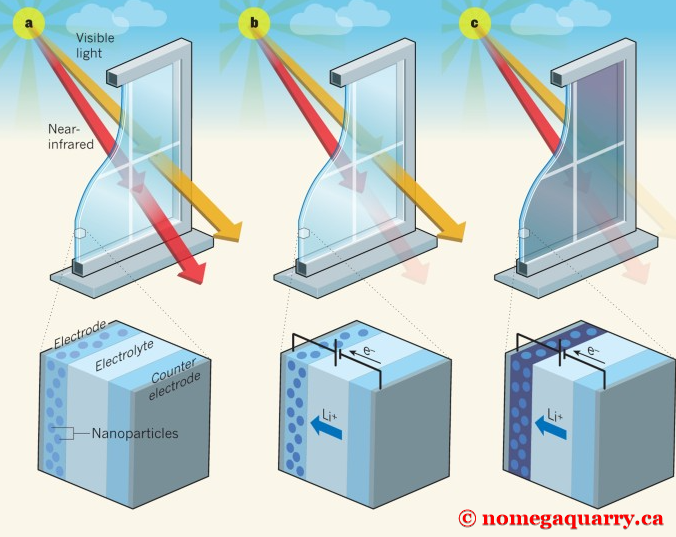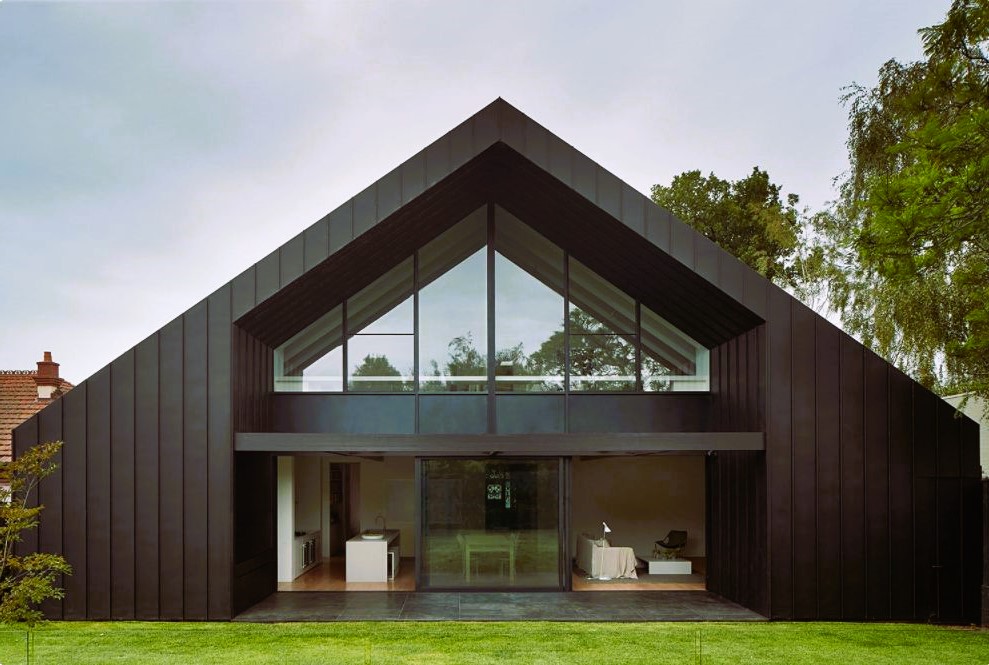Windows are an essential component of any building, serving both functional and aesthetic purposes. In the province of Ontario, Canada, the construction industry has witnessed a significant evolution in window design and materials. One such innovation is the use of metal composite materials (MCM) in modern window systems. This article explores the role of MCM in contemporary Ontario windows, highlighting their benefits, applications, and contribution to the construction industry.
Understanding Metal Composite Materials (MCM)
Metal composite materials, also known as MCM, are lightweight, durable, and versatile building materials. They consist of a central core sandwiched between two thin layers of metal, typically aluminum. The core material can vary and may include materials like polyethylene or fire-resistant compounds. The combination of these layers creates a composite panel that exhibits exceptional strength and structural integrity.

Benefits of Metal Composite Materials
MCM offers several advantages that make them a popular choice for modern window systems in Ontario.
- Durability: MCM panels are highly durable, resistant to weather conditions, corrosion, and fading. They can withstand the harsh Ontario climate, including extreme temperatures, rain, and snow.
- Lightweight: Compared to traditional building materials like solid metal panels, MCM is lightweight, reducing the overall weight of window systems. This characteristic makes installation easier and more cost-effective.
- Design Flexibility: MCM panels offer a wide range of design options, including various colors, finishes, and textures. They can be customized to match the architectural style and aesthetic preferences of a building, enhancing its visual appeal.
- Thermal Performance: MCM panels can be designed with excellent insulation properties, contributing to energy efficiency in buildings. This helps to reduce heating and cooling costs and minimize environmental impact.
Applications of MCM in Ontario Windows
MCM has found extensive application in modern window systems across Ontario, providing numerous benefits to architects, builders, and homeowners.
- Curtain Walls: MCM panels are commonly used in the construction of curtain walls, which are non-load bearing exterior walls that enclose a building. These panels contribute to the overall structural integrity and aesthetic appeal of the building envelope.
- Window Frames and Cladding: MCM can be utilized in window frames and cladding systems, offering a sleek and modern appearance. The lightweight nature of MCM makes it an ideal choice for large window openings, allowing for expansive views and maximizing natural light.
- Commercial Buildings: MCM panels are frequently employed in the construction of commercial buildings, such as offices, retail spaces, and high-rise structures. The durability and design flexibility of MCM contribute to the contemporary and professional look of these buildings. Wooden window frames and their environmental performance, read more in our article.
- Residential Applications: MCM panels are increasingly being used in residential projects, ranging from single-family homes to multi-unit developments. The ability to customize the panels and create unique designs adds a modern touch to residential windows and facades.
Standards and Regulations in Ontario

In Ontario, the use of MCM in window systems is governed by various standards and regulations to ensure safety, quality, and compliance with building codes. The Ontario Building Code sets guidelines for the construction industry, including requirements for window performance, fire safety, and energy efficiency. It is important for builders and architects to adhere to these standards to ensure that MCM window systems meet the necessary criteria.
Additionally, organizations such as the Standards Council of Canada (SCC) and the Canadian General Standards Board (CGSB) play a crucial role in the standardization of building materials and construction practices. These organizations develop and promote standards that contribute to the quality, safety, and sustainability of buildings in Ontario and across Canada.
Conclusion
Metal composite materials (MCM) have revolutionized the design and functionality of windows in modern Ontario buildings. With their durability, lightweight nature, design flexibility, and thermal performance, MCM panels have become a preferred choice for architects, builders, and homeowners. Their applications in curtain walls, window frames, and cladding systems contribute to the aesthetic appeal and energy efficiency of buildings. Adherence to building codes and industry standards ensures that MCM window systems meet the necessary requirements for safety and quality. As Ontario continues to embrace innovative construction practices, MCM remains at the forefront of window material choices, shaping the future of the province’s architectural landscape.
For more information on standardization and regulations in Ontario’s construction industry, please visit the following sources:
- Standards Council of Canada (SCC): [https://www.scc.ca/]

